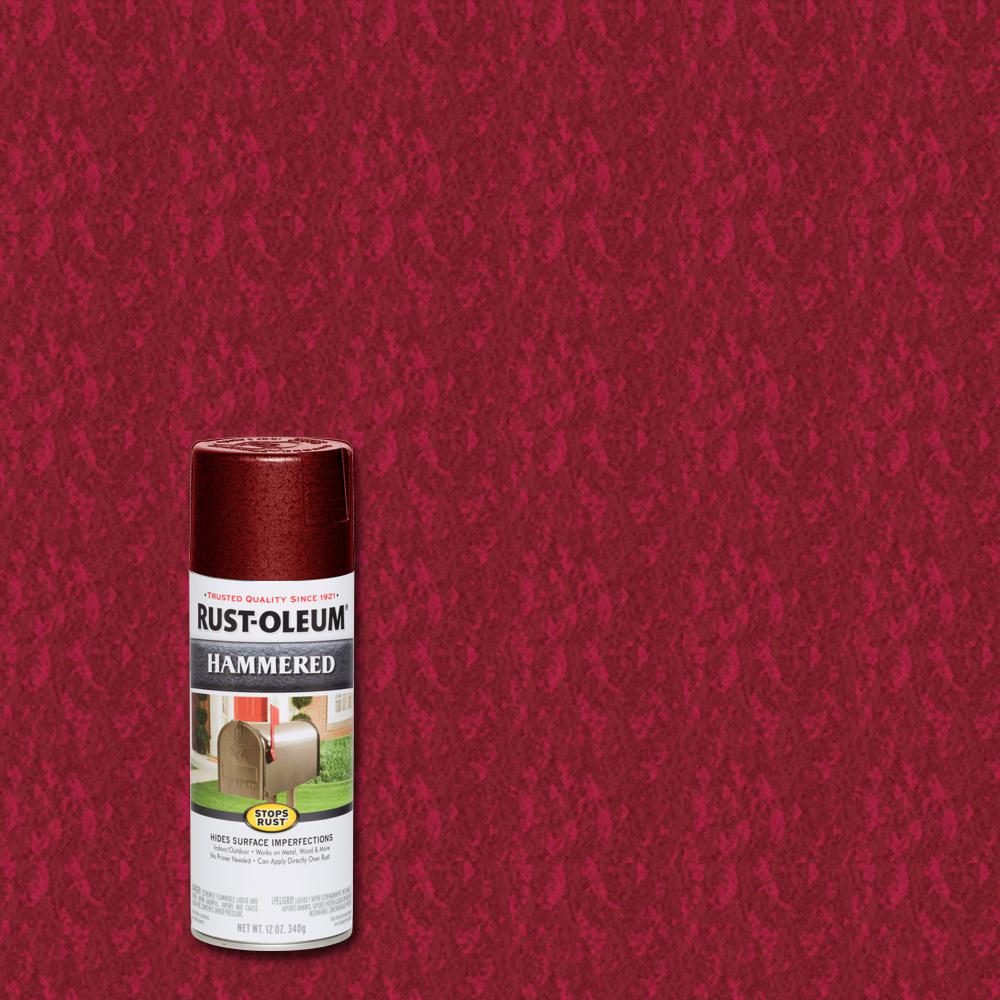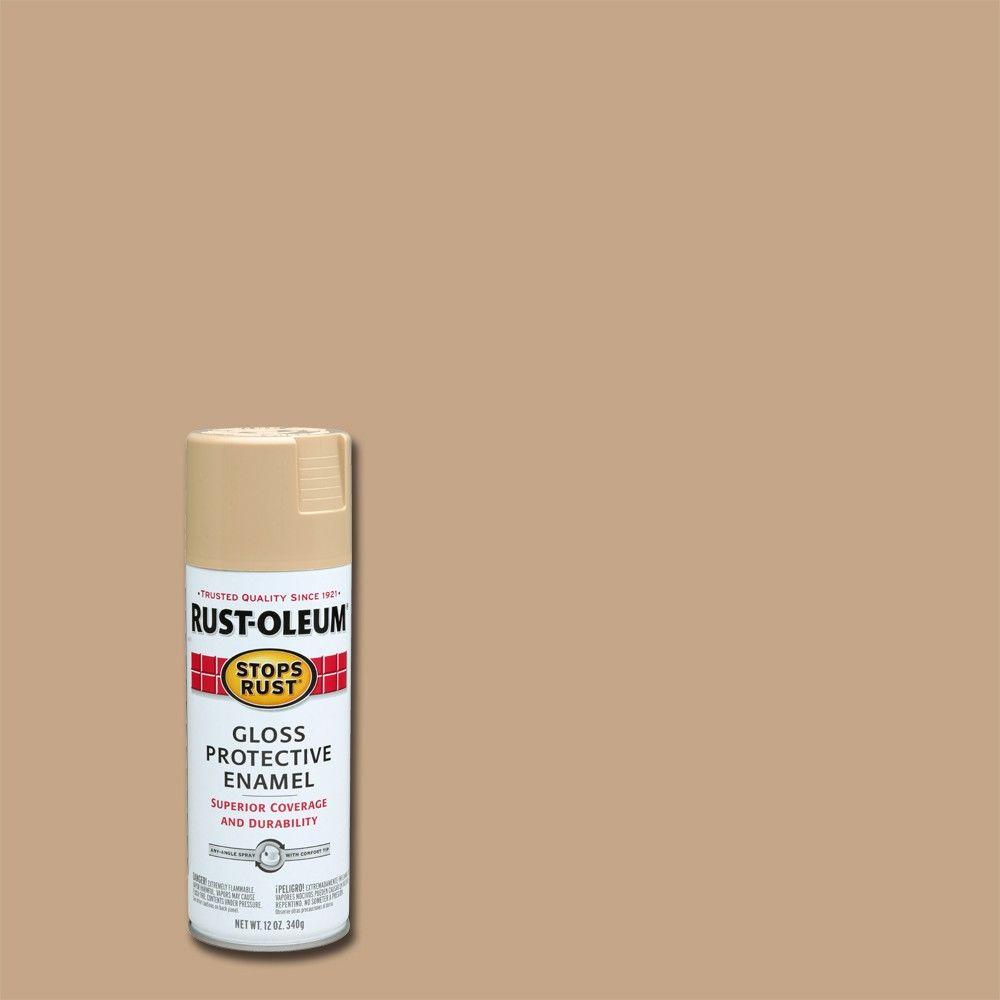
Wood can absorb moisture, which may lead to spray paint bubbling. To prevent bubbling on metal surfaces, ensure the surface is clean, properly prepared, and within the recommended temperature range for spray painting (typically between 50☏ and 90☏). Metal surfaces can be prone to bubbling due to temperature fluctuations, as metal is an excellent conductor of heat. However, each surface type may have its own unique challenges that can lead to bubbling. Spray paint can be used on a variety of materials, including metal, plastic, wood, glass, and ceramics. Spray paint bubbling on different surfaces – fixes for each!

If needed, apply a clear coat or protective finish to seal the paint and provide additional protection against bubbling.Be sure to use the correct painting technique to prevent further bubbling. Reapply spray paint in thin, even coats, allowing each coat to dry before applying the next one.Apply a thin coat of primer to the sanded area, allowing it to dry before applying new spray paint.Wipe the surface with a damp cloth to remove dust and let it dry.Use fine-grit sandpaper to gently sand the bubbled areas until they are smooth.If your spray paint has already bubbled, you can still fix it by following these steps: Move the can in a side-to-side motion, slightly overlapping each pass for even coverage. To prevent bubbling due to incorrect spray painting technique, hold the spray can at least 8-12 inches away from the surface and maintain a steady speed while spraying. Improper spray painting technique, such as holding the can too close to the surface or not maintaining a consistent speed while spraying, can lead to an uneven paint application and result in bubbling. If you are painting a damp surface, use a hairdryer or heat gun to dry it before applying the paint. To avoid bubbling due to high humidity or moisture, try to paint in low humidity conditions, ideally below 50% relative humidity. Spray painting in areas with high humidity or painting surfaces that are damp can prevent the paint from drying correctly, leading to bubbling. This will ensure that the paint dries evenly and helps prevent bubbles from forming. To avoid this issue, apply spray paint in thin, even coats, allowing each coat to dry before applying the next one. When you apply spray paint too quickly or in thick layers, the top layer may dry before the underlying paint, trapping solvents and causing the paint to bubble. If there is old paint on the surface, remove any loose or peeling paint before sanding.Īfter sanding, wipe the surface with a damp cloth to remove any dust and let it dry completely before painting. Properly prepare the surface by lightly sanding it to create a slightly rough texture that will allow the paint to adhere better. If the surface is too smooth, glossy, or has a layer of old paint, the new paint may have difficulty adhering, leading to bubbles.

Improper surface preparationĪnother common reason for spray paint bubbling is inadequate surface preparation. Use a degreaser or cleaning agent to remove any grease, oil, or dirt, and ensure the surface is completely dry before you start painting. To avoid bubbling due to surface contamination, thoroughly clean the surface you plan to paint. The presence of dirt, dust, grease, or oil on the surface you are painting can prevent the paint from adhering correctly, causing it to bubble. One of the primary reasons behind bubbling in spray paint is surface contamination. Here are the most common reasons why spray paint bubbles: There are several reasons why your spray paint might bubble, but most cases can be attributed to a few common causes.
#Wet sanding rust oleum spray paint how to#


 0 kommentar(er)
0 kommentar(er)
